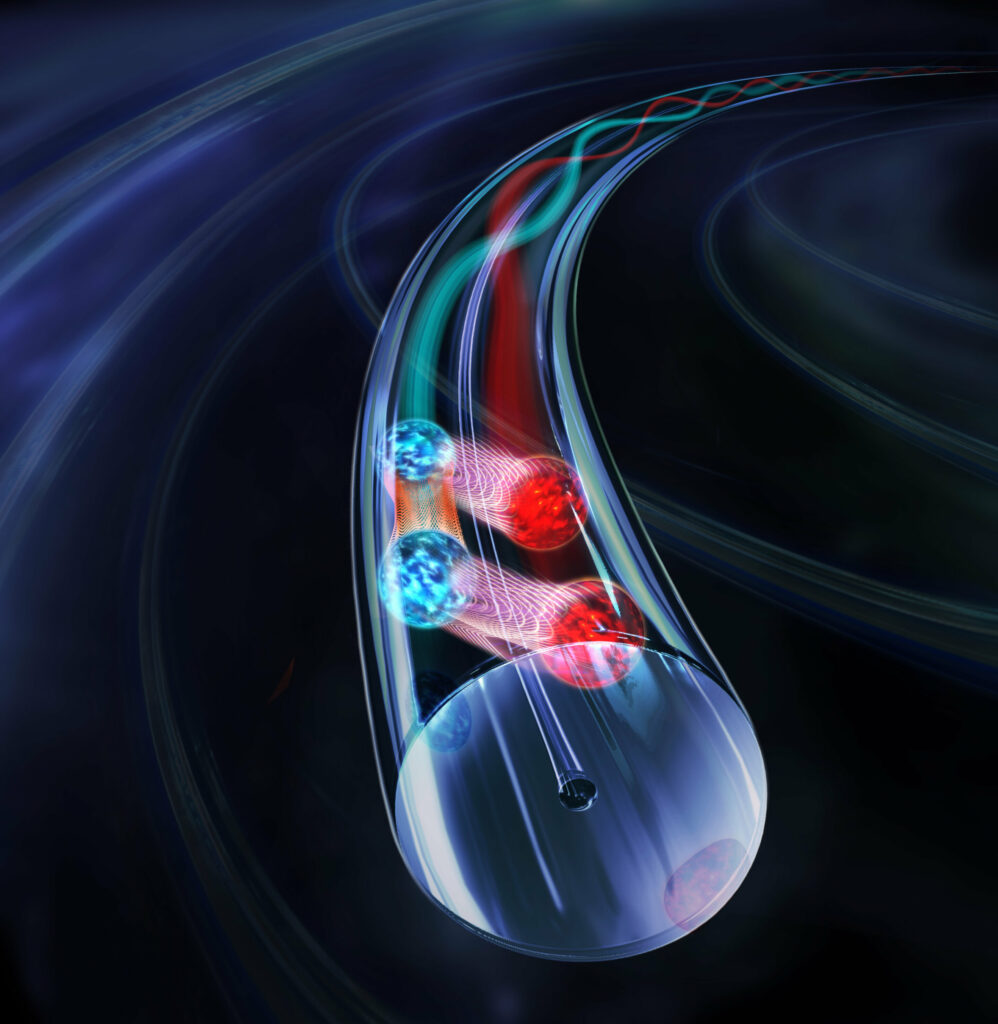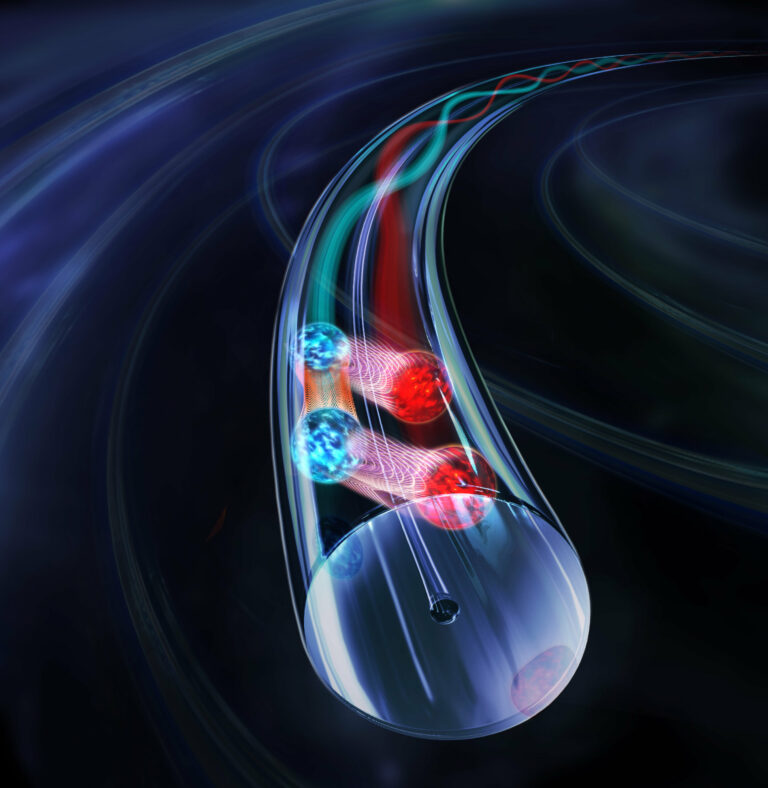Surpassing Nonlinear Media Through Vibration: A Framework for Manipulating the Characteristics of Nonlinearities
In their publication in PRX Quantum, Nathan Goldman and Lucila Peralta Gavensky from the Science Faculty at ULB, along with their colleagues, present a comprehensive framework for altering and managing the characteristics of nonlinearities across a diverse range of physical systems, encompassing optical devices and quantum atomic gases.
The conventional interaction between particles is dictated by nature. For example, in a metal, electrons interact through Coulomb repulsion, governed by the electromagnetic forces between two negatively charged particles. However, under specific conditions, the nature of these interactions can be transformed. In certain materials, electrons can effectively attract each other, leading to the formation of Cooper pairs and the emergence of superconductivity.

In a parallel manner, within optics, the medium through which light travels can induce effective photon-photon interactions. These “optical nonlinearities” play a central role in various technologies that have significantly transformed optical devices. The modification of inter-particle interactions and nonlinearities, when executed, can give rise to entirely new phases of matter and yield tangible technological applications.
The authors present a universal framework for altering and steering the characteristics of nonlinearities across a diverse array of physical systems, encompassing optical devices and quantum atomic gases. Grounded in the concept of Floquet engineering, a strategy developed in atomic and solid-state physics, this approach involves subjecting a system to a time-periodic modulation to tailor its properties intentionally. Utilizing a quantum theoretical approach, the researchers demonstrate how a well-designed pulse sequence can instigate novel interaction processes between particles, leading to the emergence of exotic and highly controllable nonlinearities.
Extending this strategy to synthetic lattice systems, they illustrate how drive-induced interaction processes can stabilize newly ordered phases of matter by prompting the spontaneous emergence of magnetic fluxes. This comprehensive approach outlined in the study paves the way for engineering unconventional optical nonlinearities in photonic devices and the controlled generation of drive-induced interactions in ultracold quantum matter.
This article is republished from PhysORG under a Creative Commons license. Read the original article.
Do not forget to share your opinion with us to provide you with the best posts !




0 Comments